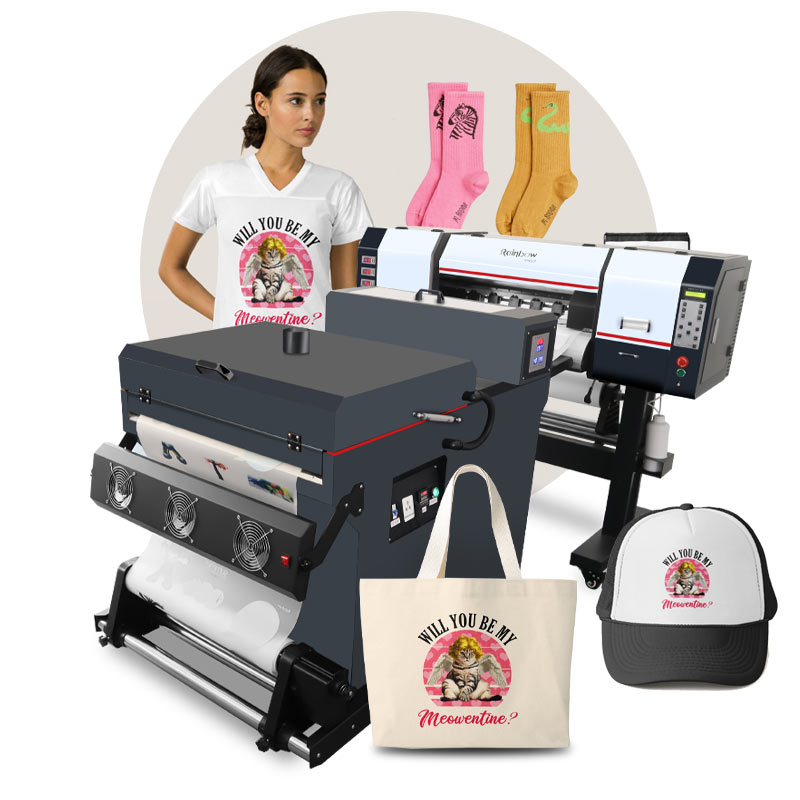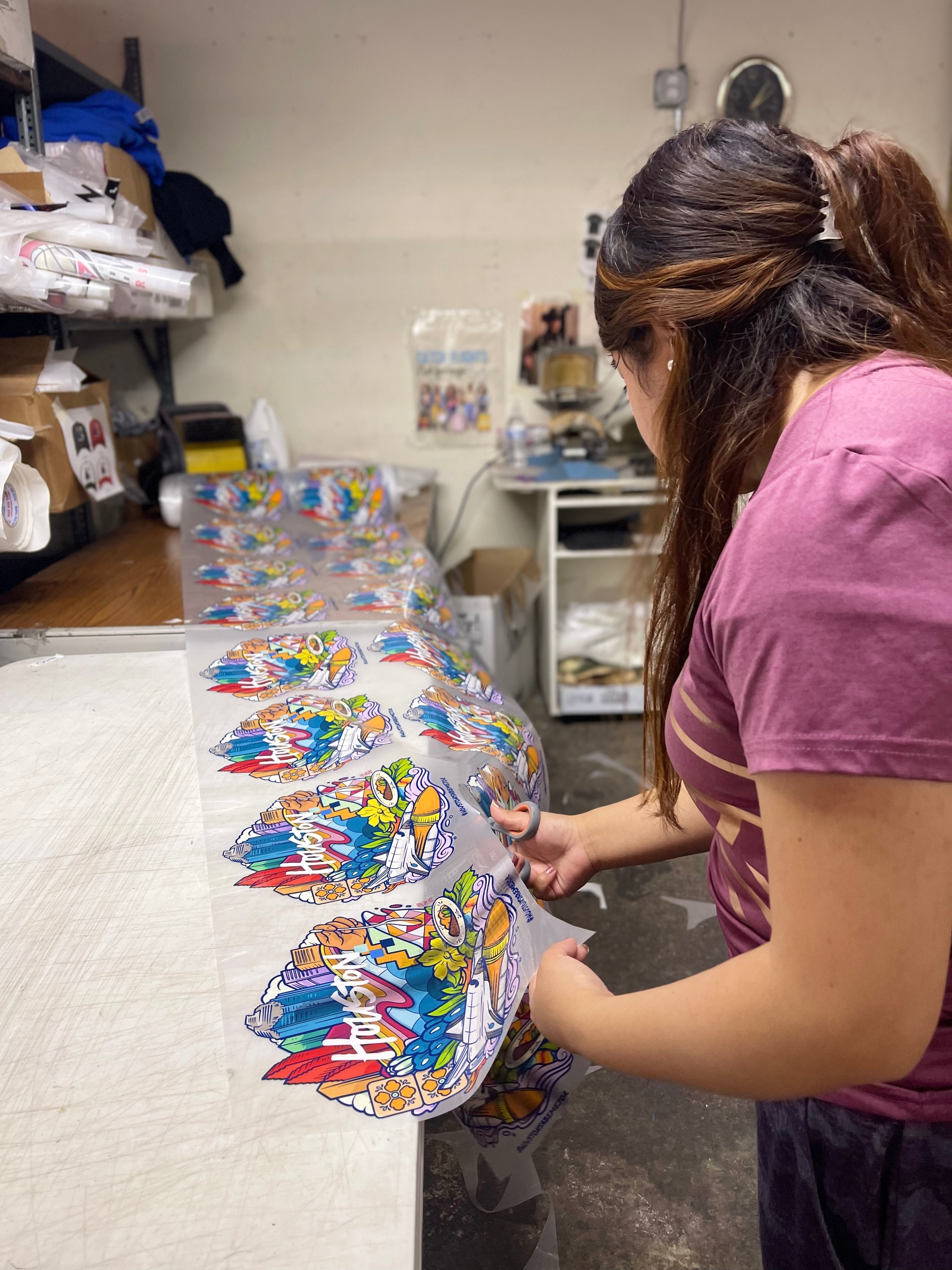A Deep Study DTF Printing: Methods, Benefits, and Sector Applications
A Deep Study DTF Printing: Methods, Benefits, and Sector Applications
Blog Article
Ultimate Overview to DTF Printing Methods for Magnificent Fabric Layouts
Getting started on the trip of mastering DTF printing methods can open up a globe of opportunities for producing aesthetically fascinating fabric styles. In this guide, we will discover the intricate information of DTF printing, from grasping the essential fundamentals to unraveling progressed shade strategies that can elevate your layouts to new elevations.
Comprehending DTF Printing Fundamentals
DTF printing, a process that includes transferring styles from an unique film to fabrics making use of heat and pressure, creates the structure of textile printing techniques. The very first step in DTF printing includes producing or choosing a layout that will certainly be published onto the fabric.
The final result is a magnificent, long-lasting textile design that is washable, flexible, and immune to fading. Overall, understanding the basics of DTF printing is crucial for grasping this contemporary textile printing strategy.
Selecting the Right Fabric Products
Having established the foundational principles of DTF printing methods for fabric styles, the next crucial factor to consider exists in selecting the proper textile materials to complement this ingenious procedure successfully. Furthermore, the stretchability of these materials can fit the heat transfer process included in DTF printing without distorting the style. By selecting the ideal fabric products, designers can take full advantage of the capacity of DTF printing to develop lasting and sensational fabric styles.

Understanding the Printing Refine
To excel in DTF printing strategies for textile layouts, understanding the printing process is vital for achieving consistent and high-quality results. The printing process in DTF includes several key steps that require precision and interest to detail. First of all, preparing the art work for printing is crucial. This consists of making certain the style is properly sized and positioned for the textile. Next, the layout is published onto a special DTF film utilizing a compatible printer with the best settings to achieve optimal color vibrancy and clearness (DTF Printing). When the design is published, it is after that transferred onto the textile utilizing a warmth press device. The temperature, pressure, and duration of warmth application should be very carefully managed to make certain appropriate adhesion of the layout to the textile. Additionally, mastering the peeling process after heat pressing is essential to prevent any kind of damages to the style or fabric. By honing each of these actions in the printing process, designers look what i found can continually produce spectacular and long lasting textile styles with DTF printing strategies.
Enhancing Designs With Color Strategies

Moreover, trying out color gradients can bring a feeling of motion and fluidity to the design. By blending colors effortlessly, a slope result can be accomplished, including a modern and dynamic touch to the textile style. Additionally, making use of shade obstructing techniques can develop striking and bold visuals by juxtaposing various solid colors in distinct areas of the style.
Moreover, including metallic or neon shades can offer a distinct and attractive component to the fabric style, making it stand apart and emanate a feeling of vibrancy. When purposefully applied, these shade methods can boost the why not try these out general aesthetic allure of textile designs, making them a lot more memorable and fascinating.
Troubleshooting Common DTF Printing Issues
After exploring different shade techniques to boost fabric styles, it is essential to deal with common DTF printing issues that might arise throughout the production procedure. Furthermore, problems with photo quality and sharpness can happen due to low-resolution images or incorrect printing methods. By being aware of these usual issues and implementing the necessary troubleshooting steps, you can improve the overall high quality of your DTF printed fabric layouts.
Verdict
In conclusion, understanding DTF printing techniques is important for producing magnificent textile designs. With method and interest to detail, one can produce unique and gorgeous textile designs utilizing DTF printing methods.
Styles))))
DTF printing, a procedure that entails moving styles from an unique film to textiles utilizing warmth and pressure, creates the structure of fabric printing strategies.Having established the fundamental principles of DTF printing methods for textile styles, the next vital consideration lies in selecting the suitable fabric products to match this cutting-edge process efficiently. By picking the ideal textile materials, designers can make the most of the possibility of DTF printing to create long-lasting and spectacular textile layouts.
To stand out in DTF printing methods for fabric designs, grasping the printing process is necessary for attaining consistent and top quality outcomes. DTF Printing. By honing each of these actions in the printing process, developers can regularly generate magnificent and durable fabric designs check my blog with DTF printing methods
Report this page